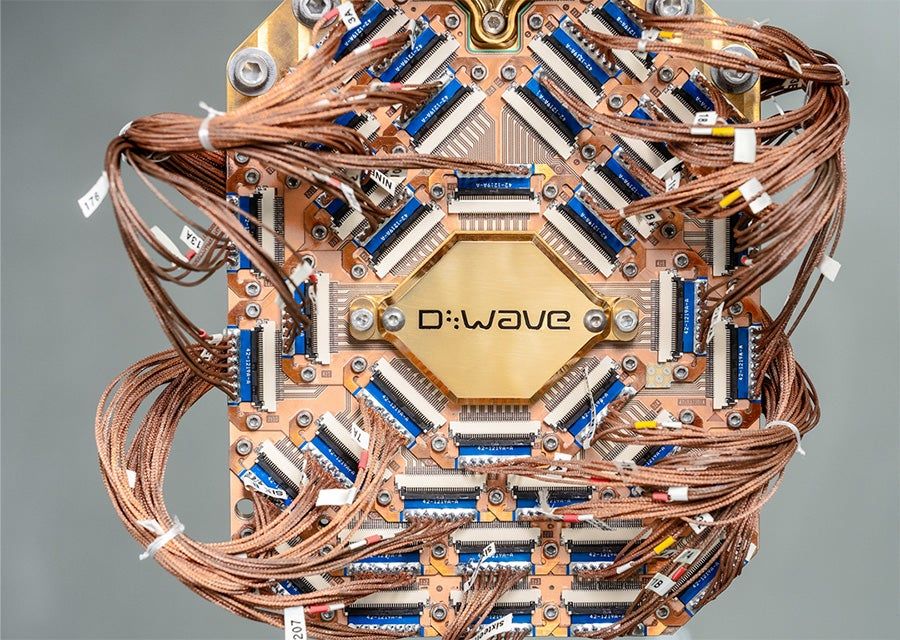According to an article reviewed by pairs published on March 12 in the journal Science, D-Wave claims to have carried out a simulation of materials that exceeds the capabilities of even the most advanced classic supercomputers. Specifically, D-Wave said that his quantum of annealing solved a difficult material simulation problem that would take millions of years in the border supercomputer in the National Laboratory of Oak Ridge of the Department of Energy. D-Wave states in its related press release that achievement is “the first and only demonstration of the world of quantum computational supremacy in a useful problem.”
However, some researchers have challenged this statement, insisting that traditional computer methods can already achieve comparable results. In addition, some experts take into account the use of the term “quantum supremacy”, who advocate alternatives such as “quantum advantage” or “quantum utility”.
Simulation in approximately 20 minutes compared to one million years
According to the D-Wave document, its Quantum Actotype of Recusing Actotype 2 successfully simulated the properties of complex magnetic materials used in smartphones, medical devices, sensors and engines.
The company reported that the simulation was completed in less than 20 minutes. Frontier, the most powerful supercomputer in the National Laboratory of Oak Ridge, would require about one million years of computing without stopping to achieve the same results. Some physicists have argued that the most optimized classic algorithms can significantly reduce this projected gap.
See: Gartner appointed criptography after quantum among his The 10 main strategic technology trends by 2025
The D-Wave article was based on the investigation carried out last year and did not take into account contemporary computer science, said research scientist Miles Stoudenmire to Wall Street Journal. The DRIES SELS researcher from the University of New York said that the same calculations can be performed on conventional computers using a mathematics field called Networks Tensor.
A theme of quantum semantics
The marketing term “quantum supremacy” remains controversial in the scientific community. Many researchers have recently adopted alternative terms such as “quantum utility” or “quantum advantage” to describe progress with next -generation technology.
D-wave insists that its use of the term “quantum supremacy” is precise. “We are solving an important problem, and it is in a regime that is totally intractable to lead classical methods. That is why we call it quantum supremacy,” said Andrew King, a distinguished senior scientist of D-Wave, to the Wall Street Journal.
Quantum Computing competitive panorama
Numerous companies, including Amazon, are currently developing their own quantum computers and associated chips. In 2024, Google introduced Willow, a quantum chip for use in its quantum Sycamore. More recently, the technological giant announced its safe digital firms for the Google Cloud key administration service.
Google first claimed to have quantum supremacy in 2019. According to Google's announcement, Sycamore did a task in 200 seconds that would have led a supercomputer approximately 10,000 years to complete.
Engineers have been working on quantum computing for decades. While much of the early work was strictly theoretical, we are now beginning to see the culmination of their efforts with systems such as Advantage, Sycamore and others.
Technology personnel writer Megan Crouse contributed to this article.











